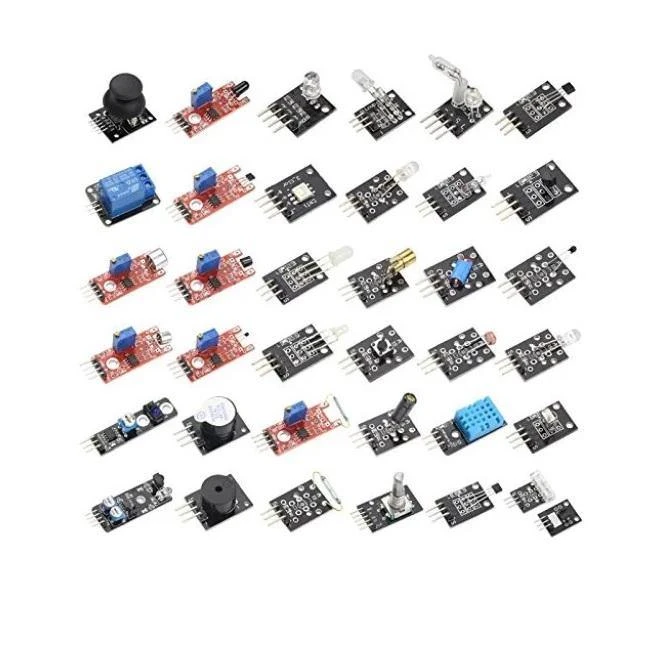
A 10K temperature sensor (also known as a thermistor) is a type of resistor that changes its resistance value in response to changes in temperature. The "10K" refers to its resistance value at a temperature of 25°C, which is 10,000 ohms. Thermistors are commonly used in temperature sensing and control applications because of their high sensitivity and fast response time. They are often preferred over other temperature sensors such as thermocouples and RTDs because they are smaller, cheaper, and easier to use. There are two main types of thermistors: negative temperature coefficient (NTC) and positive temperature coefficient (PTC). NTC thermistors have a resistance that decreases as the temperature increases, while PTC thermistors have a resistance that increases as the temperature increases. Thermistors are inexpensive, easily obtainable temperature sensors. They are easy to use and adaptable. Circuits with thermistors can have reasonable output voltages - not the millivolt outputs thermocouples have. Because of these qualities, thermistors are widely used for simple temperature measurements. They're not used for high temperatures, but in the temperature ranges where they work, they are widely used.
Features:
Package Includes:
1 x 10K Temperature Sensor (Thermistor)
No review given yet!
On prepaid orders above INR 1000
COD available for orders above INR 1000
Shipped within 24 hours
Mon to Sat - 10 AM to 6 PM




